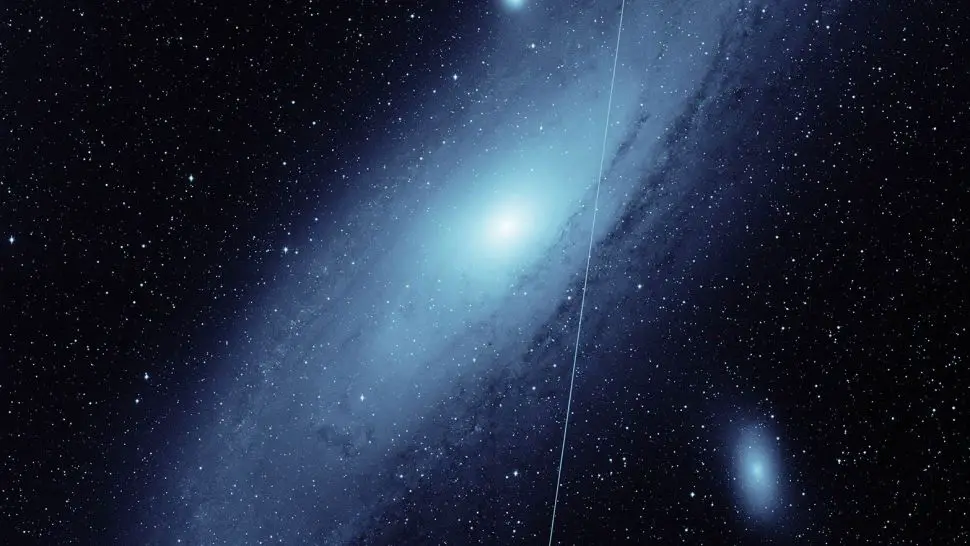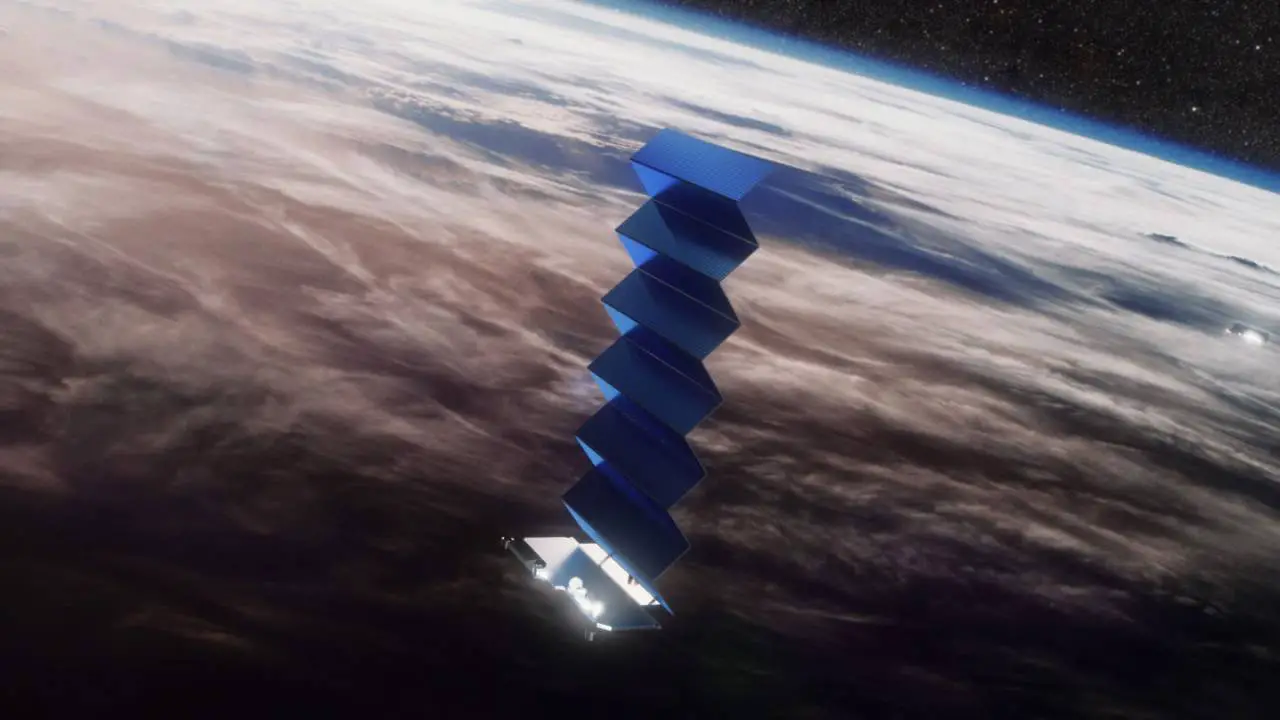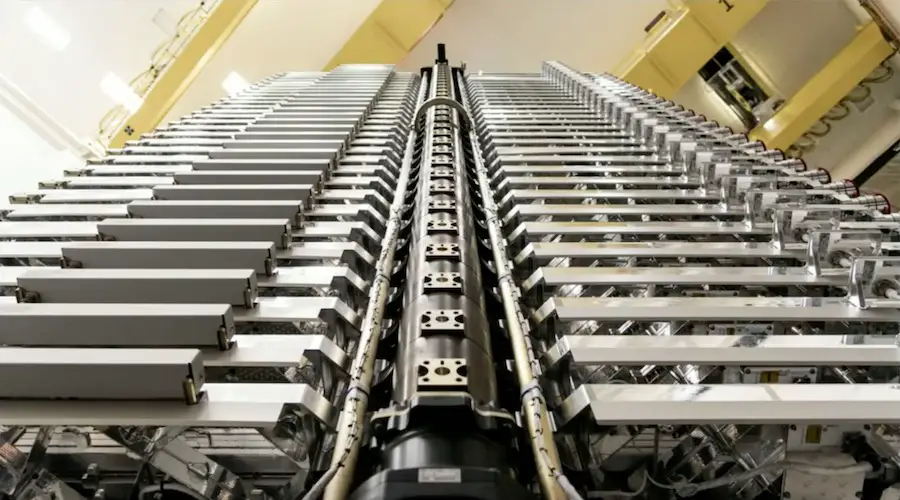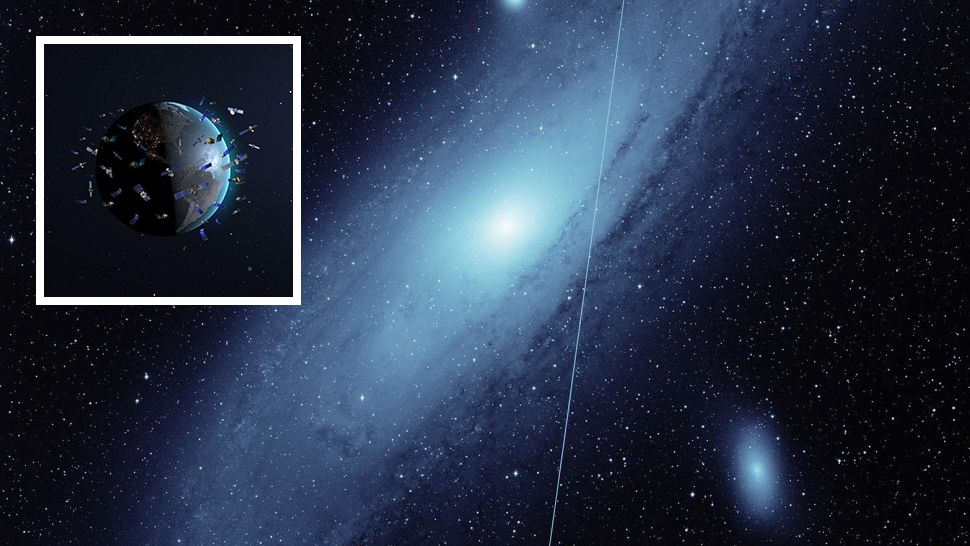The Zwicky Transient Facility (ZTF), a camera mounted to the Samuel Oschin Telescope in California, captures nearly a quarter of all photos taken by astronomers studying supernovae, gamma-ray bursts, asteroids, and other phenomena.
The present and prospective impacts of Starlink satellites on the ZTF were investigated in a study headed by Przemek Mróz, a former postdoctoral fellow at the California Institute of Technology (Caltech) and currently a researcher at the University of Warsaw in Poland.

Caltech operates the Palomar Observatory, which houses the telescope and camera.
According to their research published in the Astrophysical Journal Letters this week, the astronomers discovered 5,301 streaks left behind by the moving satellites in photographs obtained by the equipment between November 2019 and September 2021.
“In 2019, just 0.5 percent of twilight photographs were damaged; today it is about 20%,” Mróz remarked.
In astronomers’ night sky views, the streaks seem as unsightly bright markings. They are best apparent at dusk and sunrise when the Sun’s light reflects the most. They are generally concealed from the ZTF throughout the night. At present moment, there are around 1,800 Starlink satellites circling our planet.
If the astronomers are unlucky, up to 15 satellites might appear in each of their photos. According to the report, each impacted picture has an average of 1.09 satellite streaks. In comparison to the normal design, the researchers discovered that Starlink satellites with a visor to block sunlight seem around five times fainter.
We found that twilight observations are particularly affected: a fraction of streaked images has increased from less than 0.5% in late 2019 to 18% in August 2021. Once SpaceX deploys 10,000 Starlinks, essentially all ZTF images taken during twilight may be affected. pic.twitter.com/5f8tKaSHlk
— Przemek Mróz (@przemroz) January 17, 2022
They anticipate that if SpaceX achieves its goal of 10,000 broadband satellites by 2027, all photos acquired by the ZTF will have a Starlink streak. 42,000 orbiting birds is SpaceX’s long-term aim.
Starlink devices, on the other hand, are not causing any disruption at the time at the ZTF. In fact, the team believes they will not be too much of a bother in the foreseeable future.
“Just because a picture has a streak in it does not imply it is ruined,” Mróz told The Register on Wednesday. In a ZTF picture, a single streak blocks out less than a tenth of a percent of the pixels.
It is unusual for these obnoxious bright specks to completely obscure an object that astronomers are seeking to investigate.
A streak in a photograph does not always imply that it is ruined.
“There is a slight risk we might miss an asteroid or other event concealed behind a satellite streak, but these are minor consequences for ZTF compared to the influence of weather, such as a foggy sky,” said Tom Prince, an emeritus professor of physics at Caltech.
“We have not come across any scenario in which a satellite streak would impair the finding or tracking of an asteroid,” Mróz noted, “despite the fact that the number of satellite streaks is increasing.”
Because astronomers use the ZTF to examine moving objects and events, the satellite streaks may not be as disruptive. They may take additional pictures and observe asteroids that are moving out of the path of the satellites’ lines, for example.

Although the ZTF is unaffected, this is not the case for all observatories. The impact might be problematic for the forthcoming Vera C. Rubin Observatory in Chile, which will have a larger perspective of space.
“Various satellite constellations may have different effects on astronomical observations,” Mróz said. “We showed in the research that even if SpaceX deploys the whole constellation of 42,000 satellites, it would not have a substantial effect on ZTF’s scientific activities, such as examining asteroids, since fewer than 1% of our pixels will be obscured.” This, however, may not be the case for all observatories.”
The impact of these gadgets on astronomy is impossible to predict. Other firms, in addition to SpaceX, are intending to launch tens of thousands of satellites into Earth orbit.
The scientific community is working to create new tools and ways to prevent the birds from harming scientific studies. Many people have proposed creating open-source tools that use machine-learning techniques to identify and delete bright pixels that remain after streaks in photos are removed.

Others are rushing to rewrite international space regulations in order to compel governments to control commercial satellite enterprises.
Source: The Register

